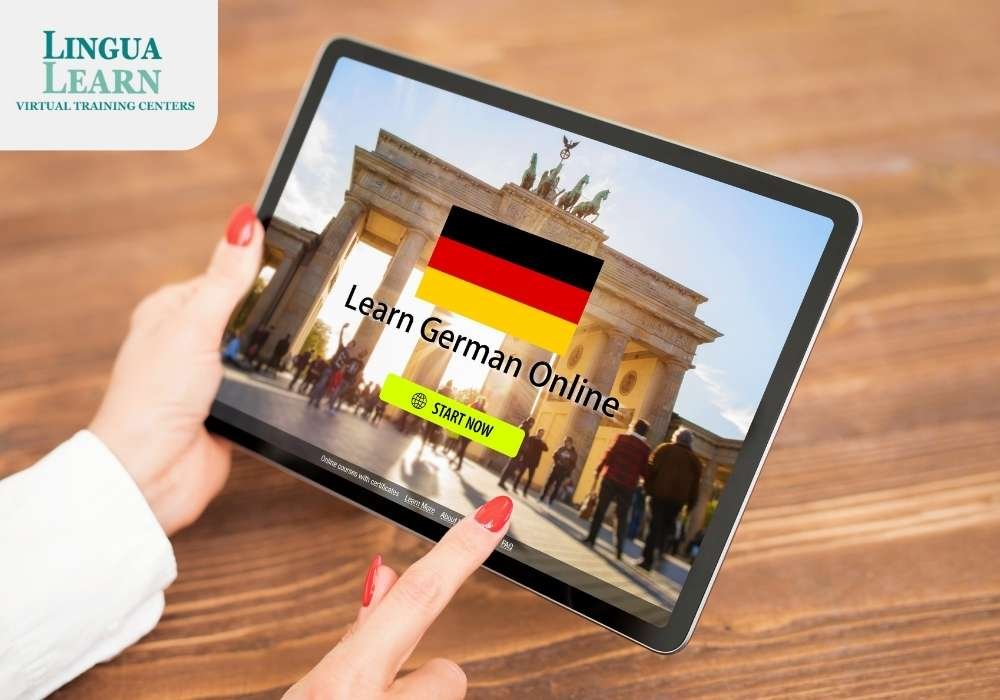
Unlocking Language Learning Potential with Technology In today’s interconnected world, mastering a new language is not just about memorizing vocabulary and grammar rules; it’s about immersing yourself in the language and culture. With the advent of technology, achieving fluency in German has become more accessible than ever before. In this blog post, we explore how […]
In today’s interconnected world, mastering a new language is not just about memorizing vocabulary and grammar rules; it’s about immersing yourself in the language and culture. With the advent of technology, achieving fluency in German has become more accessible than ever before. In this blog post, we explore how tech-enabled solutions are revolutionizing online German language learning.
Online learning platforms like Babbel and Rosetta Stone leverage cutting-edge technology to create immersive language learning experiences. With features such as interactive lessons, speech recognition, and personalized feedback, these platforms simulate real-life conversations and provide instant corrections, accelerating the learning process.
Duolingo, a popular language-learning app, gamifies the learning experience, making it engaging and addictive. Through bite-sized lessons, gamified challenges, and rewards, users can learn German while having fun. This approach not only keeps learners motivated but also enhances retention and comprehension.
Imagine teleporting to a bustling street in Berlin or a quaint Bavarian village without leaving your home. VR technology offers immersive experiences that transport learners to German-speaking environments, allowing them to practice language skills in realistic scenarios. From ordering food at a German restaurant to navigating public transportation, VR immersion makes language learning more authentic and memorable.
Technology connects language learners worldwide through platforms like Tandem and HelloTalk, where users can find language exchange partners for mutual learning. By practicing with native speakers via text, voice, or video chat, learners gain cultural insights, improve pronunciation, and build confidence in conversational German.
AI-driven language assistants such as Google Assistant and Amazon Alexa are invaluable tools for practicing German language skills. Users can ask questions, receive instant translations, and engage in language exercises, making learning more interactive and convenient. These assistants adapt to individual learning styles and provide personalized recommendations for continuous improvement.
Tech-enabled solutions have transformed the landscape of online German language learning, offering innovative tools and resources to support learners at every stage of their journey. Whether you’re a beginner or an advanced learner, harnessing the power of technology can expedite your path to fluency. Embrace these online learning solutions and embark on your quest for German proficiency today!